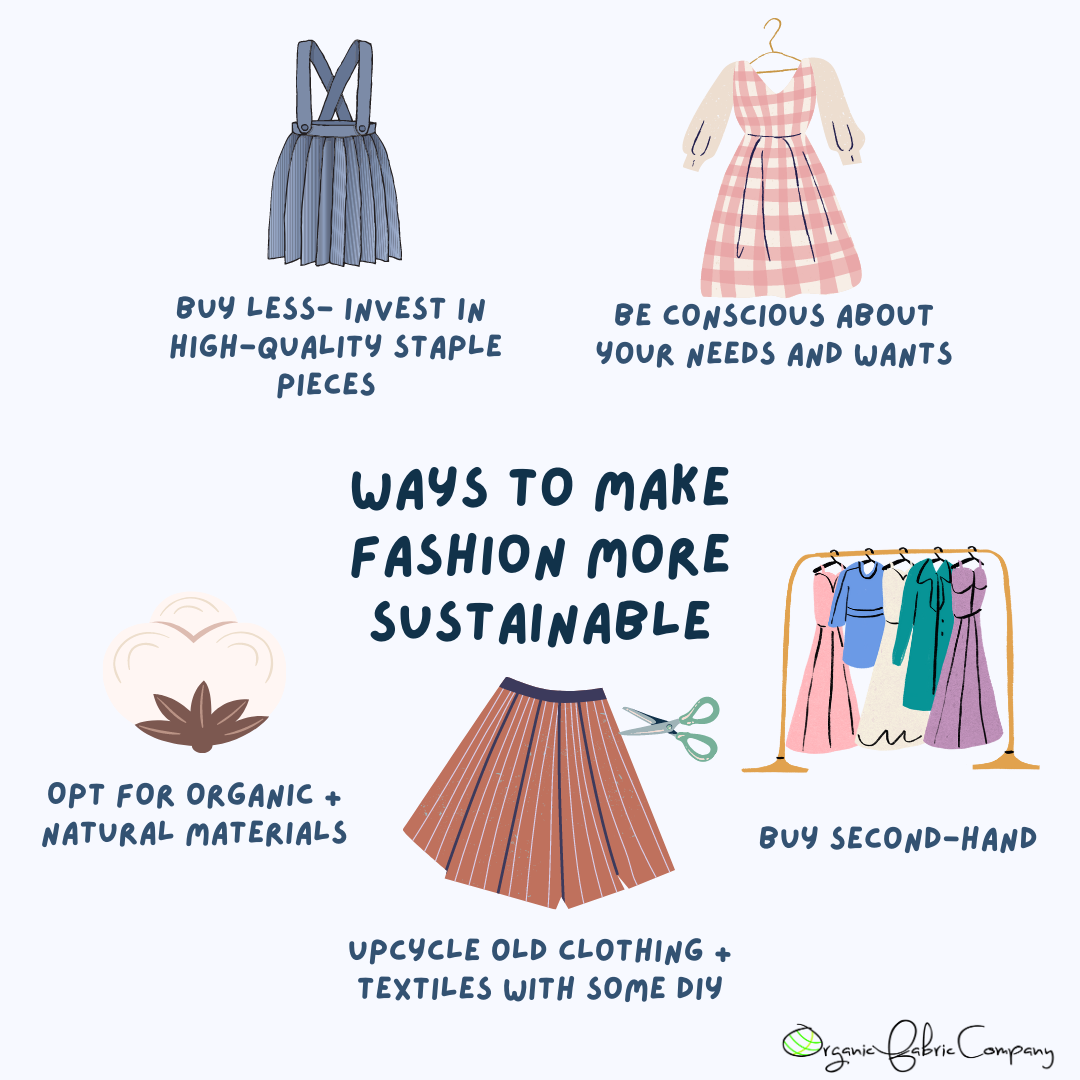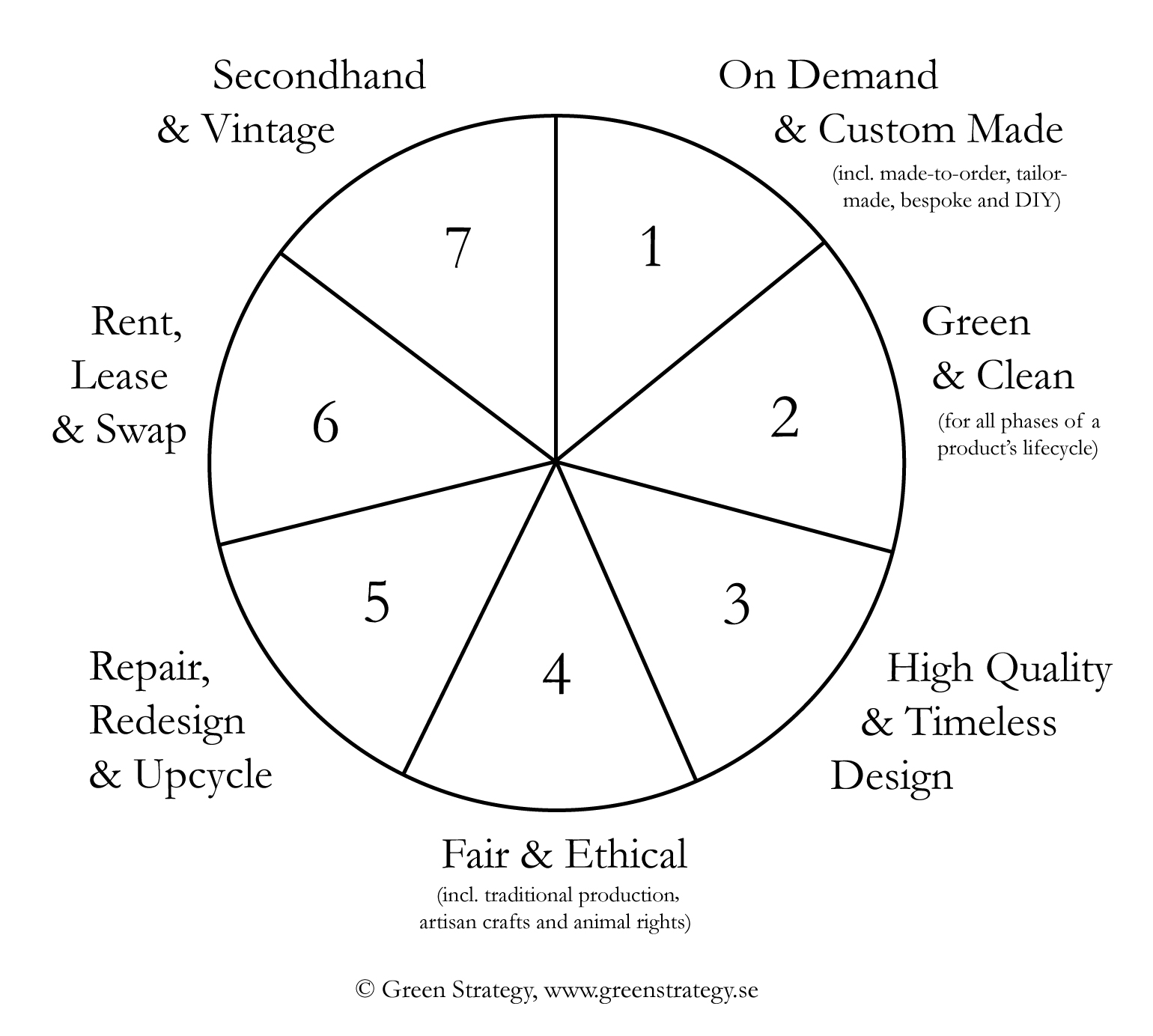Exactly How Cape Town Sustainable Fashion is Shaping Eco-Conscious Buying
Exactly How Cape Town Sustainable Fashion is Shaping Eco-Conscious Buying
Blog Article
Remain Ahead of the Contour by Checking Out Ingenious Fashion Fads
In a sector as dynamic as style, staying ahead involves more than just following existing trends-- it demands an expedition of development. The merging of technology and style declares a new age of consumer engagement.

Embracing Smart Textiles
Recently, the style market has actually experienced a transformative change with the assimilation of smart fabrics, a cutting-edge technology that blends technology with fabric. This development stands for not just a fusion of visual appeals and performance yet likewise a considerable jump in the direction of sustainability and customization in fashion. Smart textiles, additionally recognized as e-textiles, installed innovative electronic devices such as sensing units and conductive threads within the textile, enabling garments to interact with the atmosphere or the user.
These textiles are developed to monitor physiological criteria, such as heart price or body temperature level, giving real-time wellness analytics. Beyond health and wellness applications, clever textiles are likewise being utilized for flexible apparel, which can transform shade or pattern in response to environmental stimulations, therefore offering a vibrant fashion experience.
Moreover, the development of energy-harvesting fabrics that generate power from activity or sunshine is paving the way for self-sufficient wearable innovation. This innovation is interesting ecologically mindful customers and designers aiming to reduce the ecological impact of fashion. As r & d in this area breakthrough, smart textiles are expected to end up being progressively prevalent, improving the landscape of contemporary fashion with their multifunctional capacities.
The Surge of 3D Printing
Changing the production landscape, 3D printing has actually become a game-changer in the fashion business. This sophisticated technology has allowed developers to push the borders of creativity, producing detailed and customized garments that were formerly unbelievable. By leveraging electronic layout and additive manufacturing, 3D printing facilitates the production of complicated geometries and patterns, allowing developers to experiment with new structures and structures.
A notable advantage of 3D printing in fashion is its ability to produce on-demand, reducing waste and reducing supply needs. This effectiveness not only maximizes manufacturing processes but additionally permits quick prototyping, making it possible for designers to bring their visions to life in a shorter timeframe. Additionally, 3D printing supports customization to a degree unparalleled by traditional approaches, supplying tailored fits and special styles customized to private consumer preferences.
The rise of 3D printing has additionally equalized fashion, making it accessible to arising designers that can currently make top quality pieces without substantial monetary investment in typical manufacturing infrastructure. As innovation remains to advance, the style sector is positioned to harness the complete potential of 3D printing, checking out new materials and techniques that will definitely redefine just how fashion is developed and generated.
Lasting Style Advancements
As the apparel industry faces the pressing need for ecological duty, sustainable style developments have actually arised at the leading edge of transformative modification. The expanding awareness of ecological influence has sustained a change towards more eco-conscious practices and materials. Designers and brand names are now focusing on sustainability, incorporating techniques that reduce waste and minimize carbon footprints.
One significant development is the surge of circular over at this website style, which highlights recycling and upcycling to prolong the lifecycle of garments. This technique not only minimizes waste yet also motivates consumers to take on an extra conscious strategy to clothes usage.
An additional advancement lies in the adoption of innovative dyeing techniques that utilize waterless processes or natural dyes, thereby lowering the large quantities of water and chemicals traditionally used in textile dyeing. In addition, innovations in biotechnology have caused the production of lab-grown natural leather and fabrics, using environmentally pleasant and cruelty-free choices to traditional products. With these introducing initiatives, the fashion business is making purposeful strides in the direction of a much more sustainable future.

Tech-Integrated Apparel
Tech-integrated clothing stands for a cutting-edge fusion of fashion and technology, reshaping how individuals communicate with their garments. This cutting-edge domain is noted by the inclusion of wise fabrics and ingrained electronic elements, improving both functionality and aesthetic allure. From health and fitness trackers embedded in sports apparel to heated jackets managed via smart device applications, tech-integrated garments provides customers unprecedented convenience and flexibility.
Pioneering brands are driving this fad, concentrating on producing garments that reply to ecological stimuli or user commands. As an example, some garments can transform shade or pattern in feedback to temperature changes, while others include biometric sensors to check wellness metrics like heart rate or tension levels. The seamless combination of innovation right into fabrics likewise includes environmental sustainability, with initiatives to develop self-cleaning materials or garments that get used to weather problems, hence decreasing the need for numerous layers.
Furthermore, the arrival of wearable technology is not just restricted to garments however encompasses check it out devices like watches and eyewear, additional broadening the range of tech-integrated style. As the industry proceeds to innovate, the potential for customization and customization in apparel expands, providing customers special, tech-enhanced style experiences that accommodate their private needs and preferences.
Future of Virtual Fashion
Over the last few years, the future of virtual fashion has become a transformative force within the industry, leveraging innovations in digital technology to redefine just how style is produced, experienced, and eaten. By integrating increased reality (AR), virtual truth (VIRTUAL REALITY), and 3D style tools, developers can currently craft interactive and immersive experiences that go beyond typical style boundaries. Virtual style permits the development of garments that exist solely in digital settings, supplying countless possibilities find out this here for advancement without the limitations of physical manufacturing.
This electronic change not just provides possibilities for imaginative expression but also addresses sustainability problems intrinsic in standard style techniques. Cape Town Sustainable Fashion. By eliminating the requirement for physical resources, virtual fashion lowers waste and reduces carbon impacts. Additionally, the surge of virtual fashion aligns with the raising customer need for customized and one-of-a-kind experiences, as online garments can be tailored and customized to private preferences effortlessly

Conclusion
The fashion market's future hinge on the integration of lasting practices and ingenious modern technologies - Cape Town Sustainable Fashion. Smart textiles and tech-integrated garments are enhancing functionality, while 3D printing uses chances for modification and waste decrease. Sustainable style, through circular techniques and environment-friendly products, demonstrates a commitment to environmental stewardship. Furthermore, virtual style is poised to redefine consumer interactions. Adjusting to these patterns is crucial for brands seeking to stay pertinent and affordable in this swiftly developing landscape.
In current years, the fashion sector has observed a transformative change with the combination of wise textiles, an innovative development that blends technology with material.As the fashion market grapples with the pressing need for environmental duty, sustainable style innovations have actually emerged at the center of transformative modification.In recent years, the future of online fashion has actually arised as a transformative pressure within the sector, leveraging developments in electronic innovation to redefine how fashion is produced, experienced, and taken in. The rise of virtual style aligns with the enhancing consumer demand for one-of-a-kind and tailored experiences, as virtual garments can be tailored and customized to private preferences with ease.
The style industry's future lies in the assimilation of ingenious innovations and sustainable methods.
Report this page